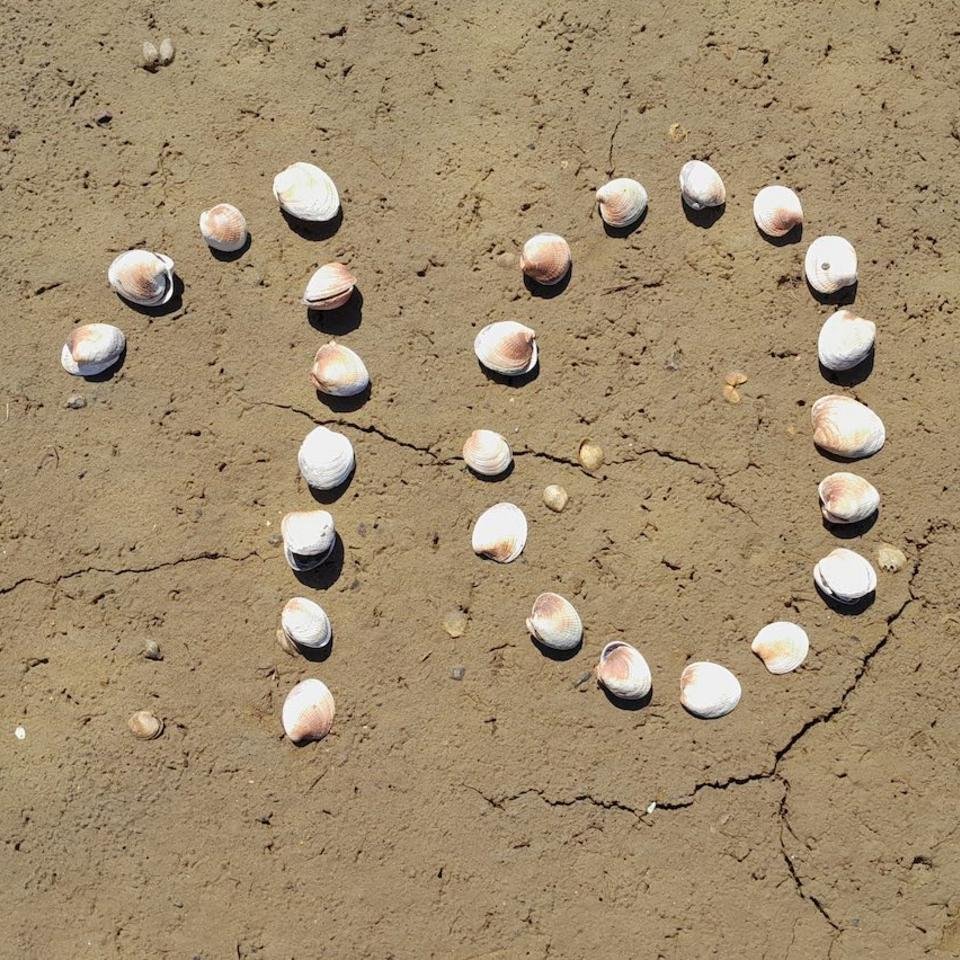Earlier this year, Katrin Berkenbusch along with Tyla Hill-Moana, Emma Crawford, a team of field assistants, and local hapū completed ten years of summer cockle and pipi surveys in northern North Island.
These surveys for Fisheries New Zealand sample 12 beaches from Waikato to Northland and Bay of Plenty over the summer to determine the number and size distribution of the cockle and pipi populations. The sites are selected from a pool of over 30 sites across the northern region. Each summer, it takes the team of 7 to 8 people about 3 weeks to take cores of samples that are then sieved to record the number and sizes of bivalves found.
“I never expected I’d be doing it this long”, says Katrin. “The first year was really full-on as everything was new, but it’s got better as we’ve refined our methods. Then in the last 3 years, we’ve had to contend with COVID-19, lockdowns and cyclones.”
Katrin had to cut this year’s trip short, heading south as cyclone Gabrielle was hitting northern New Zealand, and Auckland entered a state of emergency.
“I caught Covid on that trip and we had a couple of rental car breakdowns – one meant I had to locate a replacement radiator cap on Waitangi Day! There are always unforeseen events to work through.”
She then had to re-organise the entire second trip to start again after cyclone Gabrielle.
“It’s really tricky to find a continuous period of time when we can sample during low tide across the different regions. The low tides need to be low enough to expose enough so that we can sample the cockle and pipi beds. I also have to plan the driving schedule, leave time for stops and meal breaks, and book accommodation for the field team. It all adds up.”
There is now 10 years of consistent data, with GPS coordinates for every sampling point.
Other staff at Dragonfly have streamlined the data entry process and set up reproducible reporting of the results.
“We record the data into field books with waterproof pages. The formatting in the books is the same as the data entry system, so when people come to enter the data electronically during the survey trips they don’t have to think about it. The data are then backed up to the database. That’s been a game changer.”
It means that Katrin and Tyla come home with the data all entered and backed up.
Considering the challenges last summer, Katrin is grateful to have completed another round of surveys. “What we got done was amazing – I’m pretty happy with how it went, and that’s absolutely down to the people. They are the highlight – our team, the iwi, the councils and others we work with. I feel humbled and grateful for being involved.”
Katrin and Tyla are now getting ready for another round of surveys in 2024.

For more information see the 2022–23 report Intertidal shellfish monitoring in the northern North Island region, 2022–23. or read a previous stories about the monitoring surveys.


